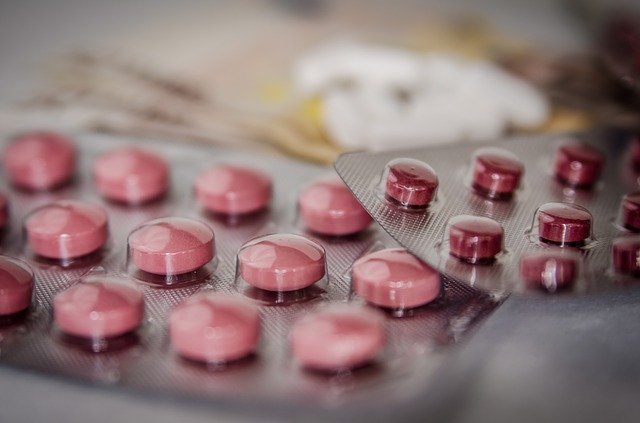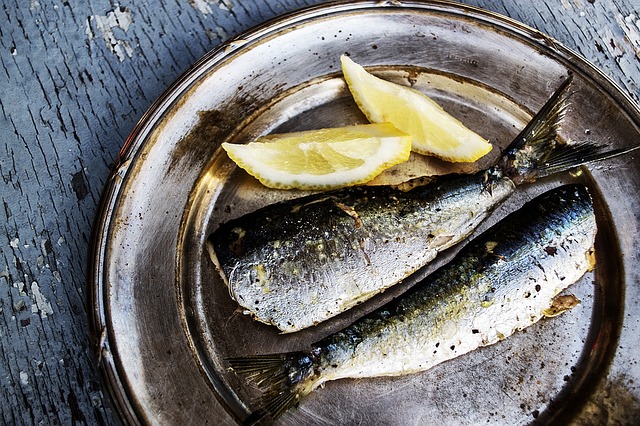Salt And High Blood Pressure - Sodium And High Blood Pressure
Covering salt and high blood pressure including sea salt, table salt, rock salt, celtic salt and kosher salt.

High blood pressure which is also known medically as hypertension can be categorized into two namely essential hypertension and secondary hypertension. This classification is necessitated by the ongoing not so clear causes of high blood pressure particularly in the case of secondary hypertension.
The role of sodium or salt in contributing to high blood pressure is not a disputed one. There is a well established link between salt and high blood pressure and that link is that high sodium consumption clearly ends in higher levels of blood pressure. This effect particularly affects people who are salt sensitive and those with already existing high blood pressure conditions.
The elevation of blood pressure brought about by salt consumption is particularly harmful to benign hypertension sufferers. Continued and consistent consumption of high salt levels have the potential to cause benign high blood pressure to develop into malignant hypertension or accelerated hypertension. Salt may also be harmful to labile hypertension patients.

The mechanism behind the combination of salt and high blood pressure is fairly easy to understand and appreciate more so for those who have worked in the kitchen before. Salt absorbs moisture and becomes dump even in an ordinary salt shaker. This outcome is a clear and concise illustration of sodium retaining water even in your body.
This inevitably increases blood pressure by increasing water or fluid volume in the bloodstream. This is why causes of low blood pressure includes loss of fluids and low blood volume. Loss of fluids has been shown to lead to low blood pressure readings. It follows therefore that an increase in fluid retention in the body also leads to increased blood pressure levels be it systolic blood pressure or diastolic blood pressure or a combination of both.
In fact hypertension medications such as diuretics reduce blood pressure in patients by excreting excess water via urination. Diuretics users for this reason have a higher frequency to the restroom compared to an average non-hypertension or non-diuretics user.
Salt and high blood pressure association makes it necessary for doctors to prescribe lifestyle modifications to most high blood pressure patients. Apart from modifications that take advantage of the association between exercise and blood pressure doctors also recommend following a hypertension diet mostly comprised of foods that lower blood pressure as an effective way of treating hypertension as well as effectively managing it.
The effect of sodium on high blood pressure is also similar to the association between glucosamine and blood pressure. Glucosamine is a nutritional supplement that contain sulfate which in itself is a form of salt . Glucosamine repairs knee cartilage yet also leading to blood pressure spikes in much the same way as caffeine and blood pressure.
Regrettably, despite these apparent negative effects of sodium on high blood pressure, millions of people many of whom are unaware of their hypertension status consume on an ongoing basis vast amounts of sodium 130% above the daily recommended amounts. The American Heart Association (AHA) recommends a daily sodium consumption of only 2300mg or even as low as 1500mg. Yet on average adults consume 5300mg as their daily average.
The recommended dietary approach is that of eating lots of fruits and vegetables with much less sodium intake which is largely consumed today via processed foods. Checking food labels is becoming a very important routine when replenishing home supplies in order to control how much salt we consume.
Keeping a watch on your blood pressure using accurate and clinically approved blood pressure equipment designed for home blood pressure monitoring is important. Good brands will include the Omron blood pressure monitor series and others such as the Relion blood pressure monitor as well as the Samsung blood pressure monitor.
Rock salt, kosher salt, sea salt, table salt and high blood pressure
There are mistaken views that sea salt is different from table salt. one view is that sea salt is less harmful than table salt. The other view is that sea salt is more harmful than table salt. Both views do not really matter as sea salt has the same basic nutritional value as table salt. Both salts contain sodium and chloride which are two key salt mineral components.
What might be different is taste, processing and texture. All in all the health effects are the same because the chemical markup of the salts is similar. Rock salt is no different from fine salt. It is also known as common salt, table salt or halite and is an ionic compound with the formula NaCI. The difference between rock salt and table salt is in the size of the salt particles. Rock salt is used for industrial purposes in chunky crystals. Kosher salt is also harmful to blood pressure patients and is sometimes sold in chunks. It is called kosher because of the curing process that produces it.
Celtic sea salt and high blood pressure
Unlike the salts discussed above, celtic salt is healthy salt deliberately produced to protect the body from the negative effects of sodium chloride especially on blood pressure. Celtic salt has been associated with blood pressure normalization. It therefore does not negatively affect your blood pressure. It also has some additional health benefits which includes relief of sinus and bronchial congestion, restful sleep and the ability to dissolve kidney stones amongst other benefits.
Return to High Blood Pressure Causes from Salt and High Blood Pressure
Return to Blood Pressure Home from Salt and High Blood Pressure
Disclaimer
Information contained on this website is not meant to replace your doctor's advice.
(c) All Rights Reserved. 2010-2018











